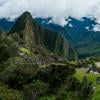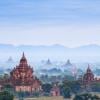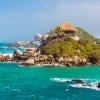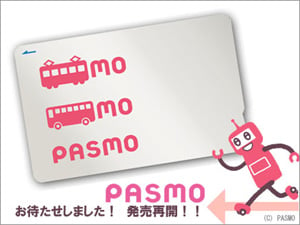 As part of our clients’ Japan tours, Global Basecamps nearly always includes one vital piece of equipment. Tokyo’s Pasmo Card is an incredibly diverse tool for travel in the capital; the pass is valid all over the greater Tokyo area’s extensive ground railway and subway systems, can be used to pay for most taxis, and is even accepted at most vending machines and convenience stores. Sounds like an amazing travel tool, right? It just got even better.
As part of our clients’ Japan tours, Global Basecamps nearly always includes one vital piece of equipment. Tokyo’s Pasmo Card is an incredibly diverse tool for travel in the capital; the pass is valid all over the greater Tokyo area’s extensive ground railway and subway systems, can be used to pay for most taxis, and is even accepted at most vending machines and convenience stores. Sounds like an amazing travel tool, right? It just got even better.
Most urban areas in Japan feature similar passes, and as of last month, these passes will now all be valid in each other's cities! That means that with the one card we provide you with for travel in Tokyo, you will be able to travel similarly in Japan’s most popular cities, such as Kyoto, Osaka, Hiroshima and Sapporo! Needless to say, this is a boon for Japan’s domestic and international travelers, especially since the process to use and recharge the cards with yen is easily outlined in multiple languages.


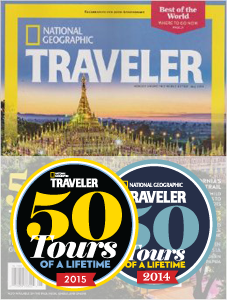
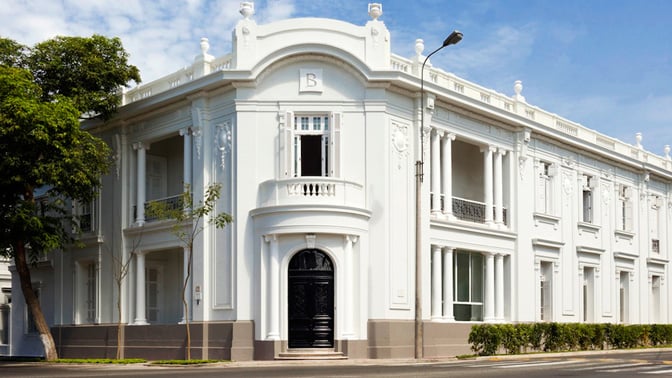
 I recently had the fortune to travel to Okinawa. Despite having lived for several years on Japan's mainland, this was my first visit to Okinawa and in every way it exceeded my expectations.
I recently had the fortune to travel to Okinawa. Despite having lived for several years on Japan's mainland, this was my first visit to Okinawa and in every way it exceeded my expectations.
 As part of our clients’
As part of our clients’ 

